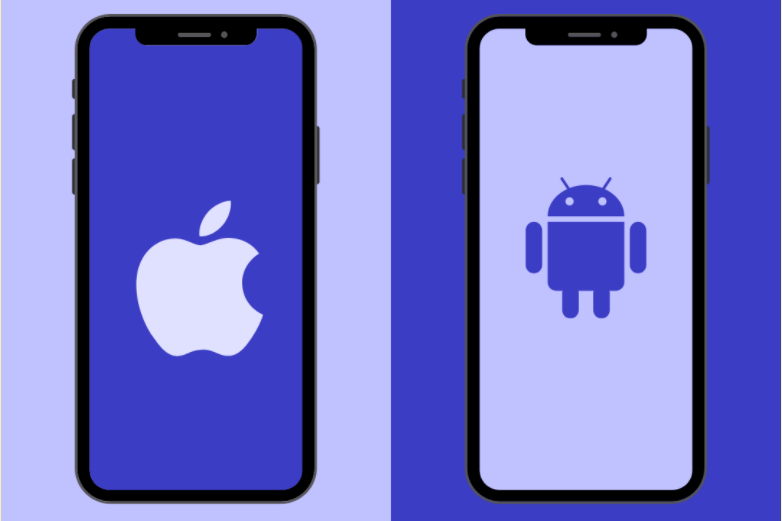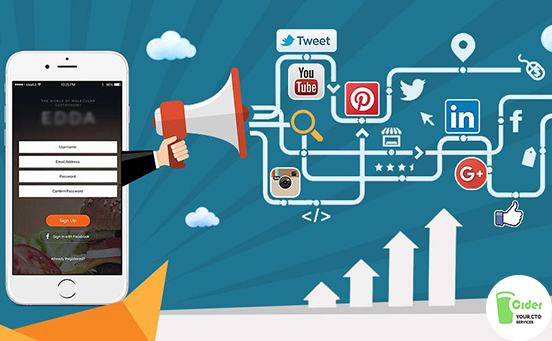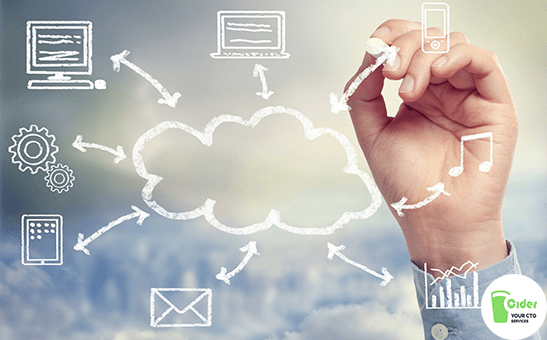At the beginning of the Discovery phase, any existing product outlines, documents, and data are reviewed. This helps translate the app’s vision into a prototype and then a final product.
The Discovery Phase at Cidersoft involves the design and business analytics teams gathering together all the details about the product and business to make the best technical recommendations for the app. This Phase aligns the team with experts and addresses the needs the app will serve customers.
It is important to understand the target audience, industry niche, and eventually work towards the functionality of the app and what preferences are for the interface. The Discovery Phase normally takes anywhere between 4 and 6 weeks.
During Cidersoft’s Discovery Phase, an outline of required functions and features needs to be created. This also includes an outline of user stories that describe how and why features are used. This is done by taking each feature and identifying the action they should perform.
Basically, this is similar to ‘Who, What and Why’. For instance, what is the goal achieved by the widget a college student clicks on and how does it give him to value? What does that feature need to do after the click, and how does the widget’s functionality differ depending on who makes the click (i.e. an at-home mother, employee, or executive)?
Cidersoft produces a clickable prototype to help map these features out. Prioritization of what is going to be included in the first version helps to determine the project’s scope. This in turn helps to make sure everyone is on the same wavelength and eliminate, as much as possible, any uncertainties about how features will work. It also helps to give direction and assistance to any other decisions as they are discussed during the rest of the development phase.
The Discovery Phase, lasting two to six weeks, depending on scope and complexity, includes:
- A detailed project plan
- Clickable product prototype;
- Feature description via user stories;
- MVP (minimum viable product) feature identification;
- Functional Flow Diagrams;
- Technology stack recommendations;
- Project estimation.
The Discovery Process is essential to minimize risks and ensure the end product is dynamic and robust.





